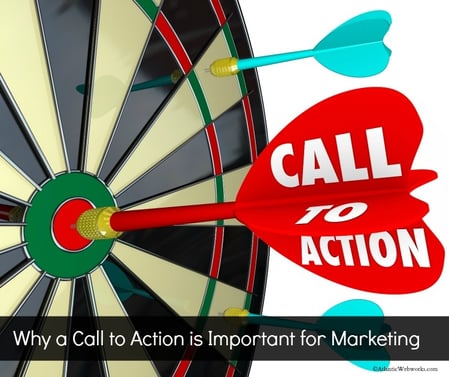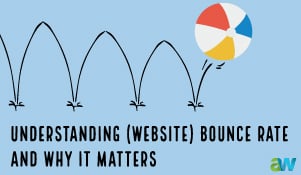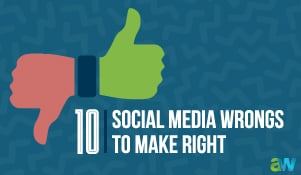Call to Action
I had a conversation with a client today about a direct mail campaign he was interested in doing. The mock-up of the postcard he wanted to use included a service discount that he was not crazy about. He felt that it was cheapening his services, and while I understood where he was coming from, I disagreed with him on the purpose of the discount/coupon. I explained to him that if you are going to spend the time and money to do a direct mail campaign, you absolutely have to include a call-to-action; otherwise, how are you going to track the effectiveness of the campaign and justify the cost?
What is a call-to-action? By definition, in marketing, a call-to-action (CTA) is an instruction to the audience to provoke an immediate response, usually using an imperative verb such as "call now," "find out more," or "visit a store today."
Calls-to-action take on many different looks and purposes when you're marketing your business. You're in business to make money, right? Then you need to generate leads, and in order to generate leads, you have to lead your prospect to you. This is where calls-to-action can help. In addition to having a button, banner, or wording, calls-to-action seem to work better if there is a sense of urgency.
Hurry! Only 20 left! Only 5 days until early-bird tickets are gone!!
Here are the most common calls-to-action that you can use and probably have clicked on yourself!
Download - Whether it's a white-paper, how-to guide, software, or case studies, having something that you can give to prospects in exchange for their emails is priceless. Do not ask for more information than you really need—name, email, and maybe one other item, max. The more information you ask from them, the higher your abandonment rate will be.
Subscribe - If you have a blog on your site (or your site IS a blog) and you don't have a “subscribe” button, you're missing out. You should have a "subscribe" button or form on several spots of your site: prominently on the front page and also someplace else—usually as a pop-up when viewers are almost finished reading your article. This is an opt-in, and how frequently you'll send them emails should be stated.
Add to Cart - E-commerce sites rely heavily on this CTA because that's what they need viewers to do... add their items to the cart and then buy! If they abandon the cart before buying and they had gotten as far as entering their information, they can automatically be reminded later that they still have items in their carts.
Share Now - This may or may not be a button; it can also be the words themselves. Use this CTA when you want someone to share your social message or blog post. There are also several plug-ins available that will appear in your choice of spots on the blog post (tip: at the top of the post is most effective). Facebook now offers businesses a call-to-action spot on their pages. Use that to direct people to a place where they can gather more information.
Buy Now! - Tickets to an event, your latest book, or any other merchandise that you're selling falls here. Believe it or not, there have been times when I have wanted to buy a ticket to something and the "buy now" CTA was not visible. Guess what? I didn't buy now or ever.
Free Trial - Many people are hesitant (myself included) to plop down money for a tool or service they've never tried. Most of us want to “kick the tires” and see if they fit our needs. Free trials are perfect for that. In this CTA, you'll probably get a bit more information than in some of the others, and that's okay. For what it's worth, I'm not a fan of the "free trials" that want you to put down a credit card. I always forget and then I'm charged, and then I'm stuck if I don't like it, which is the reason they do it, of course.
Learn More - You'll typically see this one towards the end of an article or on an information page. The CTA there is that the person visiting the site will have liked the content and want to either get in touch with you or get more information.
Hopefully this will help you see the importance of having a call-to-action on your site, blog, or social media sites. Which one have you found to be most effective?










Leave a comment